[Last updated: August 5, 2022]
The year 2015 marked the 400th anniversary of the Rinpa school of Japanese painting as well as the 30th anniversary of Nintendo’s iconic video game Super Mario Brothers. To commemorate the occasion, a folding screen was designed featuring the characters Mario and Luigi reimagined as Fujin and Raijin (the Japanese gods of wind and thunder) from Tawaraya Sōtatsu’s Fujin-raijin-zu, a national treasure. Limited-edition woodblock prints of this unique piece were produced by Unsodo, a company founded 120 years ago that is Japan’s only active publisher of hand-printed woodblock books. Today, we’ll take you to Kyoto to learn more about this unique marriage of classical art and modern culture.
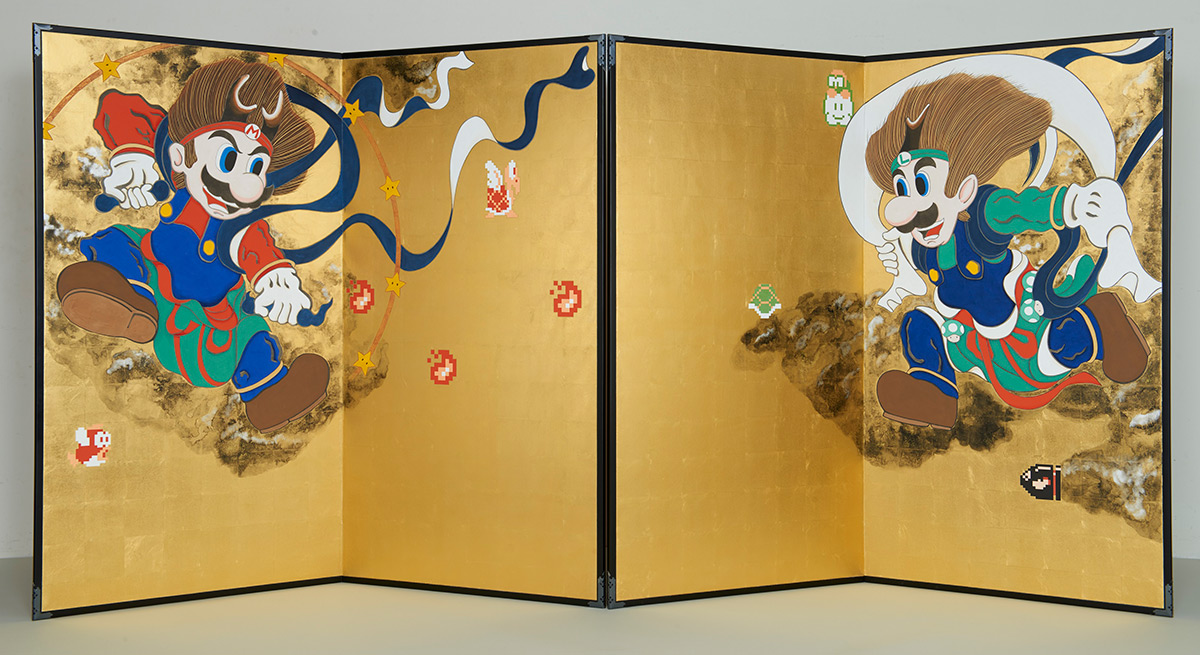
“MARIO and LUIGI Rimpa Screen” ©Nintendo, Taro YAMAMOTO, 2015
Printing the Edo Period Way
In the Japanese publishing industry, publishing houses are often referred to as hanmoto (lit. “house of blocks”). This term has its roots in the Edo Period (1603-1868) and the days of woodblock printing, when printers were responsible for the entire process, including the creation of the blocks used in printing. Time passed and machine painting became the norm, but the name stuck. These days, the only remaining hanmoto in the original sense of the word is Unsodo, a Kyoto publishing house specializing in art books that’s been doing things the old-fashioned way ever since it opened for business in the year 1891.
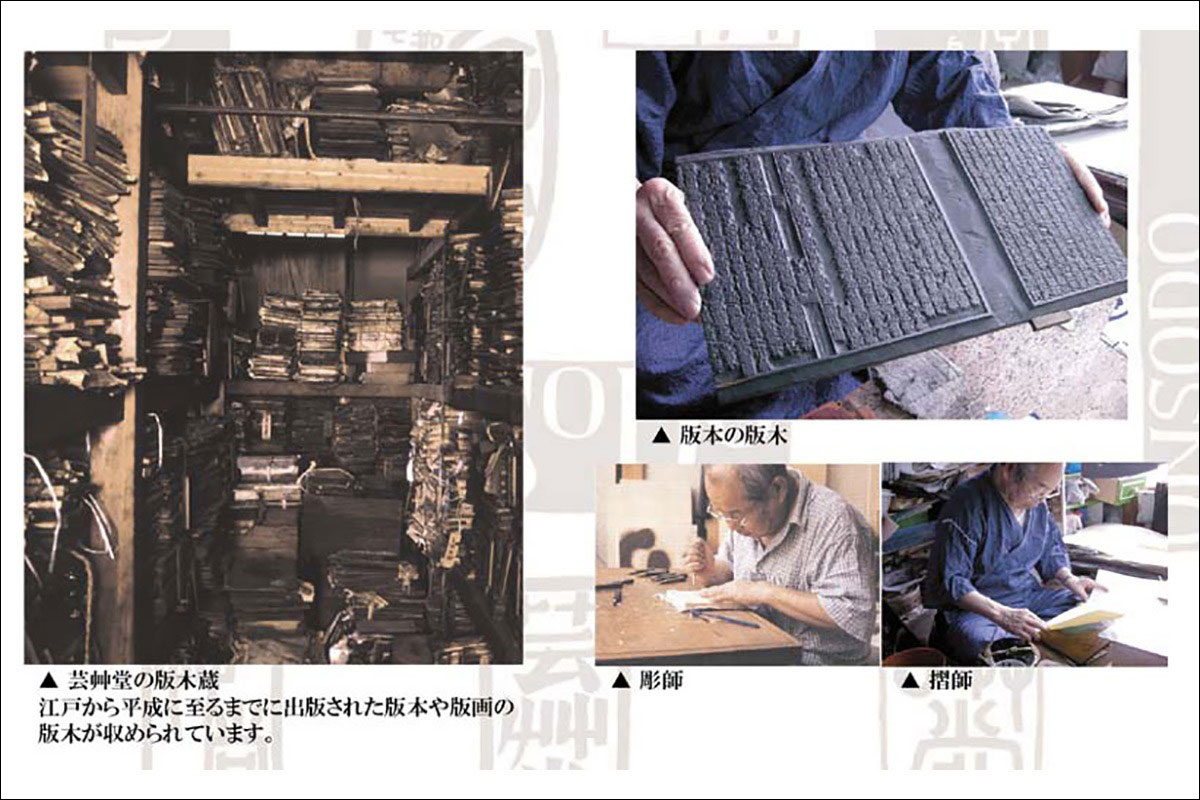

We spoke to Hirotaka Yamada, its fourth-generation owner, about his unique business.
“With kimono dyeing being one of Kyoto’s traditional local industries, we began by publishing pattern collections to be used by kimono designers and craftsmen. In the old days, if you wanted to print in color, woodblocks were the only way to go—and with countless layers of color for each individual picture or design, you needed a lot of blocks,” he explained.
Unsodo is also known for publishing the design collections of Kamisaka Sekka (1866-1942), an artist of the early twentieth century who is known for revitalizing the Kyoto art scene by introducing modern designs and touches to traditional Rinpa school techniques.
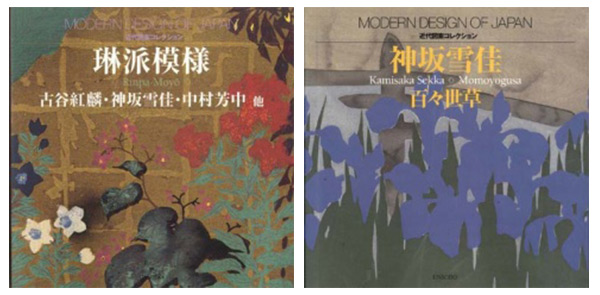
*Two of Unsodo’s publications, Rinpa moyo (“Rinpa Patterns”) and Momoyogusa (“A World of Things”)
“In those days, whenever we published one of Sekka’s books, other publishers would seek out other designers to put out newer designs. The competition was intense, not unlike today’s fashion magazines. Publishers would try to predict which trends would take off and sell their pattern collections to the designers and craftsmen of Kyoto,” Mr. Yamada continued. “Spurred on by this competition, new designs popped up one after the next—and each time, we’d have to prepare more and more printing blocks. I’ve never actually counted all the blocks in our collection, but my estimate is that we have at least a hundred thousand.
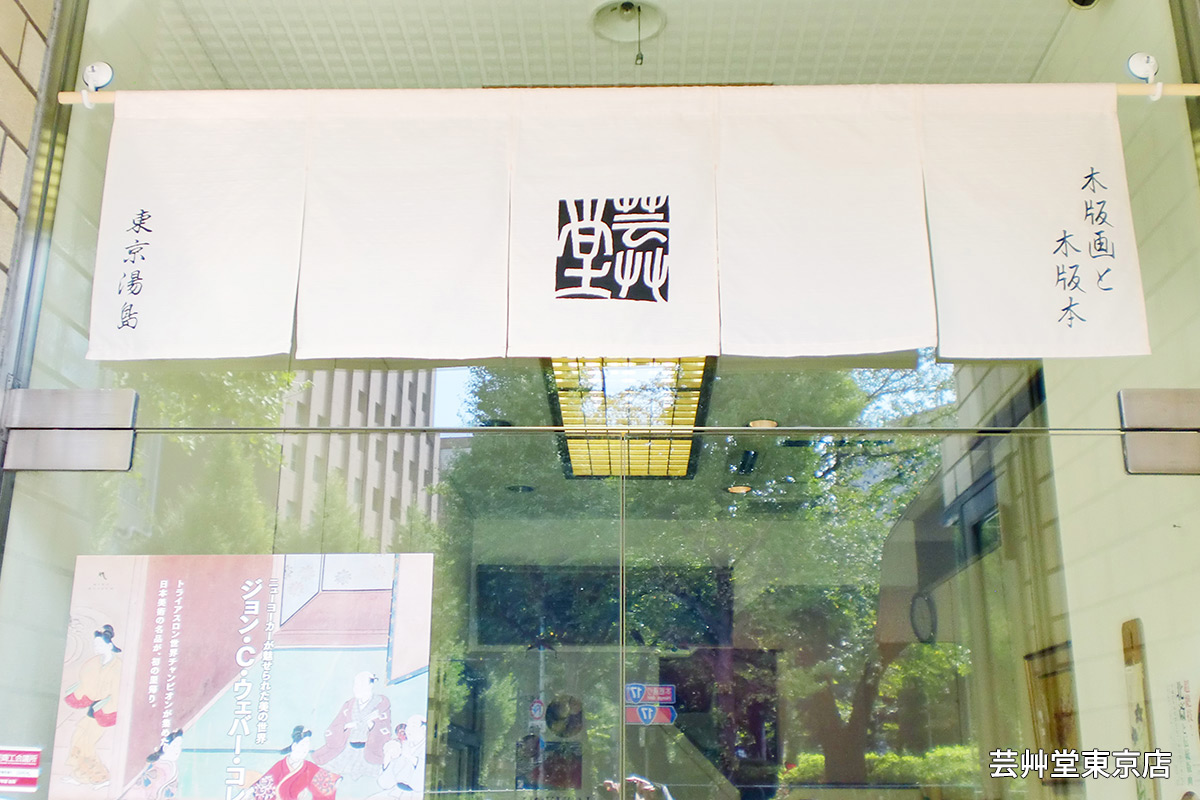
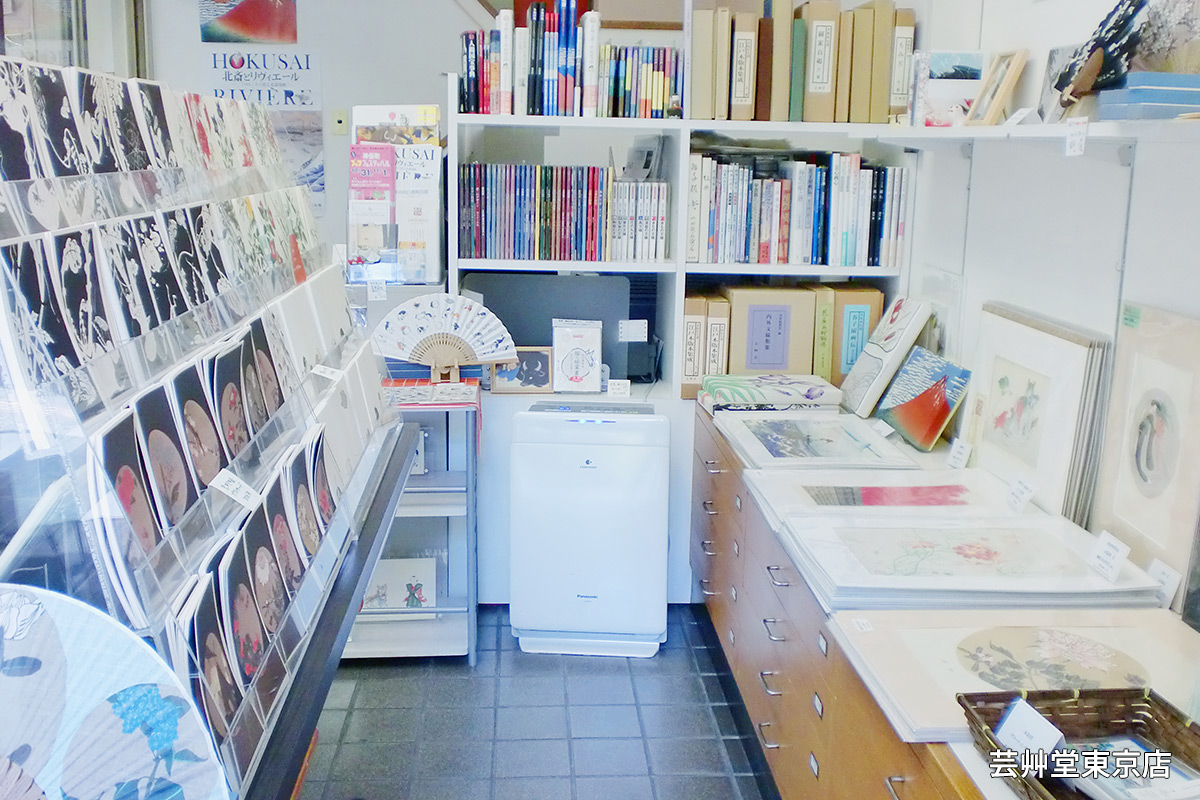
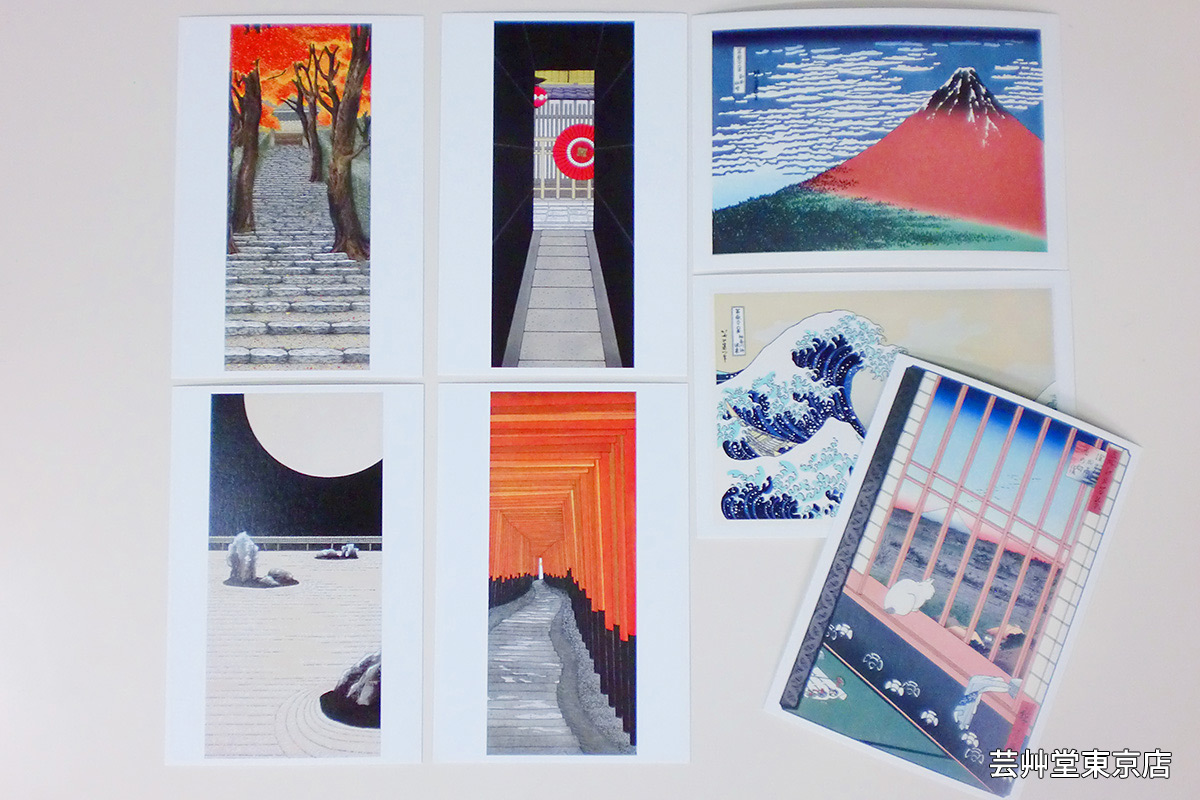
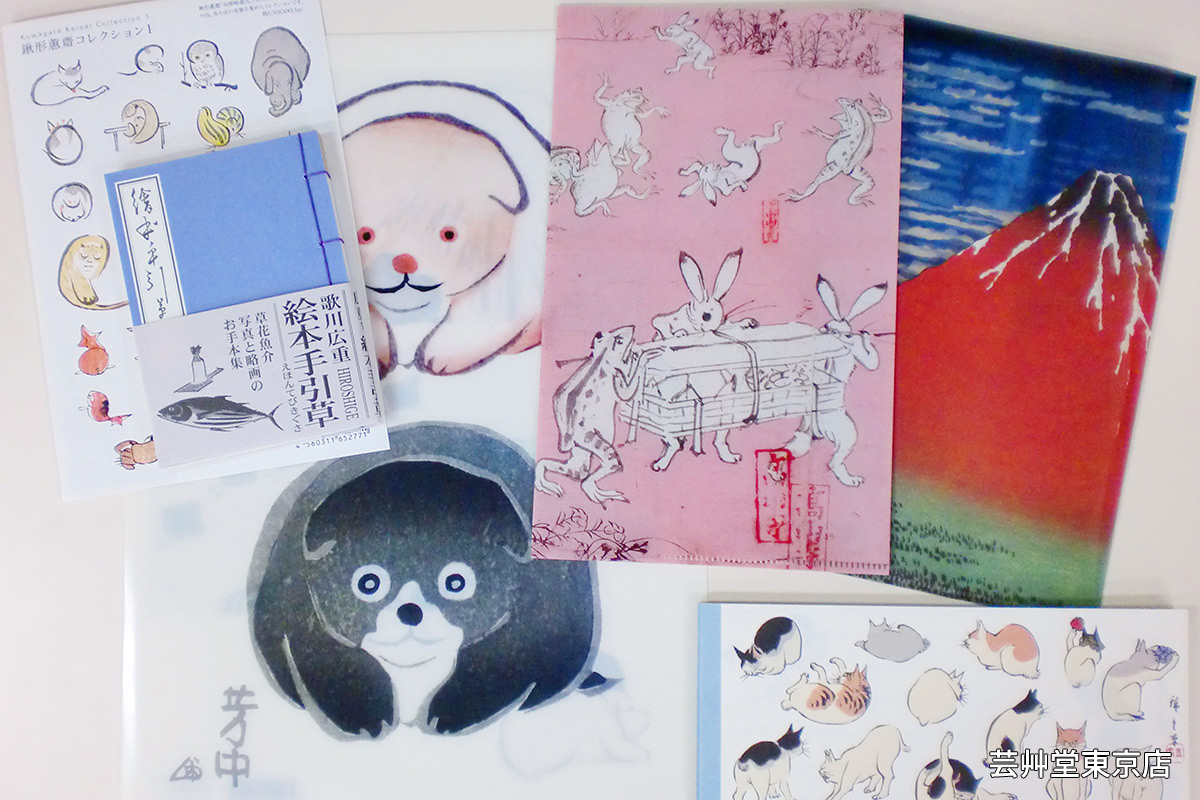
Woodblock printing is a beautiful example of an artistic tradition that has been passed down faithfully to the modern era, thanks to the experienced carvers, inkers, and other craftsman of Unsodo. In additional to purely aesthetic creations like ukiyo-e and art books, the techniques have also been used to lend a unique flair to practical items such as folding fans, washcloths, postcards, stationery, origami paper, folders, and other accessories. Notebooks, day planners, and miniature books made in this style are popular among those looking for a connection to the past. In addition to the traditional vertical layout, recent offerings also include a more modern horizontal layout. If you’re interested in adding some traditional artistic flair to your daily life, why not check out Unsodo’s online store for yourself?
Unsodo 芸艸堂
URL: http://www.hanga.co.jp/
Kyoto Flagship Store: Open weekdays 9:00 a.m. to 5:30 p.m. (closed weekends and holidays)
459 Myoumanjimaecho, Teramachi-Nijo Minami-iru, Nakagyo, Kyoto
Tokyo Store: Open weekdays 9:00 a.m. to 5:30 p.m. (closed weekends and holidays)
1-3-6 Yushima, Bunkyo City, Tokyo
The Rinpa School and the Mario Brothers Celebrate Their Anniversaries in Style
After seeing the gorgeous Mario and Luigi folding screen created for the 30th and 400th (respectively) anniversaries of Super Mario Brothers and the Rinpa school, we just had to learn more. We spoke with a staff member at the Imura Art Gallery, which organized the exhibition and created the piece.
“Taro Yamamoto, one of our resident artists and a contemporary successor of the Rinpa school, had an idea that he wanted to do something special for the school’s four hundredth anniversary,” she explained. “He found out that it also happened to be the thirtieth anniversary of Super Mario Brothers, so he approached Nintendo and offered to paint something as a way to celebrate our mutual anniversary.
Taro Yamamoto is known for the whimsical touches he adds to his works, infusing traditional art styles with modern pop culture. For the Mario and Luigi folding screen, he took his inspiration from Tawaraya Sōtatsu’s masterpiece depicting the wind and thunder gods, Fujin and Raijin.
“Tawaraya Sōtatsu’s Fujin-raijin-zu is considered the point of origin for the Rinpa school, and the motifs employed in it have been treasured and handed down through four centuries,” the employee continued. “Taro Yamamoto has a strong reverence for this piece. Likewise, Nintendo considers the characters of Super Mario Brothers a veritable company treasure. He thought that this design would be the ideal way to pay tribute to everyone. It didn’t hurt that both Taro and the rest of us grew up playing Super Mario,” she added with a smile.
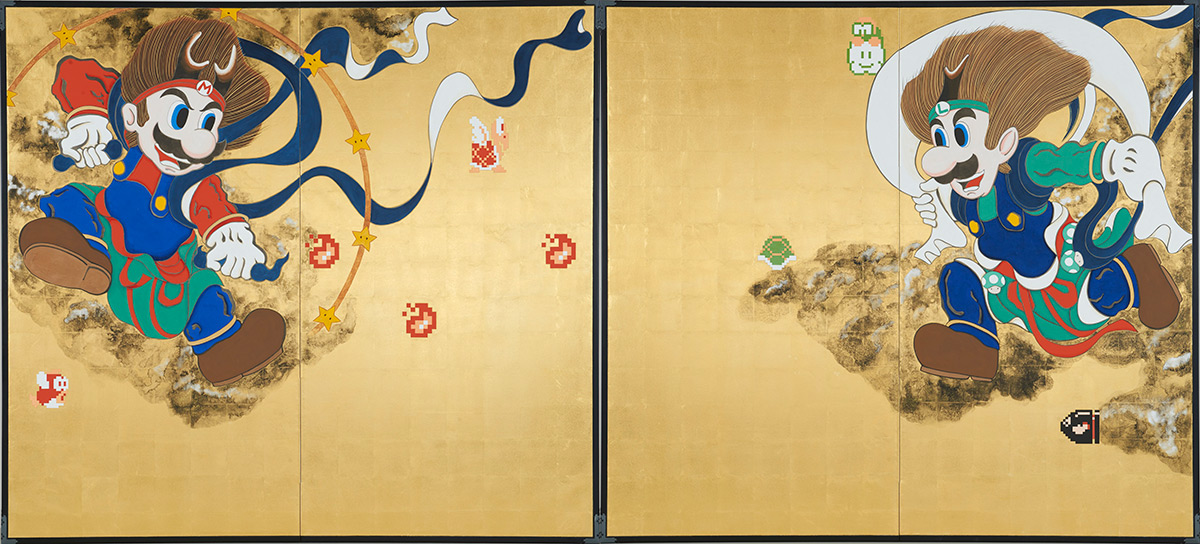
“MARIO and LUIGI Rimpa Screen” ©Nintendo, Taro YAMAMOTO, 2015
This exquisite depiction of these two beloved game characters was also made into a charming woodblock print by the craftsmen at Unsodo.
“The folding screen is beautiful, but needless to say, it can only be seen in an art gallery. We also wanted to make something that Rinpa school and Nintendo fans could have as their very own, so we approached Nintendo about the possibility of making woodblock prints based upon the painting,” said the staff member. Mr. Yamada added, “Nintendo, the Imura Art Gallery, and Unsodo all call Kyoto home. It was both an honor and a pleasure to be able to collaborate on this piece.
The result of their collaboration is truly a modern treasure that will certainly go down in the annals of Japanese art and gaming history. We’d be hard-pressed to think of a more perfect gift for the video game fan with an eye for traditional Japanese aesthetics.
Mario and Luigi-zu folding screen woodblock print
Signed and stamped by artist Taro Yamamoto, and numbered (90 prints available)
Price: \194,400 (\180,000 without tax)
Available from Unsodo 芸艸堂
Official site: http://www.unsodo.net/
*This article was originally posted on October 22, 2015.
Translation:Jon Machida

